Photography: Coal mining's demise and the people left behind
 Roger Tiley
Roger TileyFor the past 40 years documentary photographer Roger Tiley has been capturing miners and the communities they live in as their way of life slowly disappeared.
It is a career that has seen him charged at by police horses during the miners' strike of 1984-5 and photograph crestfallen miners as the UK's last deep-pit mine closed in 2015.
Roger, 62, who grew up in the mining community of Cross Keys in Caerphilly county, said after spending a year covering the miners' strike he was both physically and emotionally drained.
"I'd seen people, my own community suffer so much," he said.
"I wasn't just a journalist coming in and going out. I actually lived in the places where I was photographing."
One of the first miners he photographed was his uncle Bill at Bedwas Colliery, Caerphilly, in 1983.
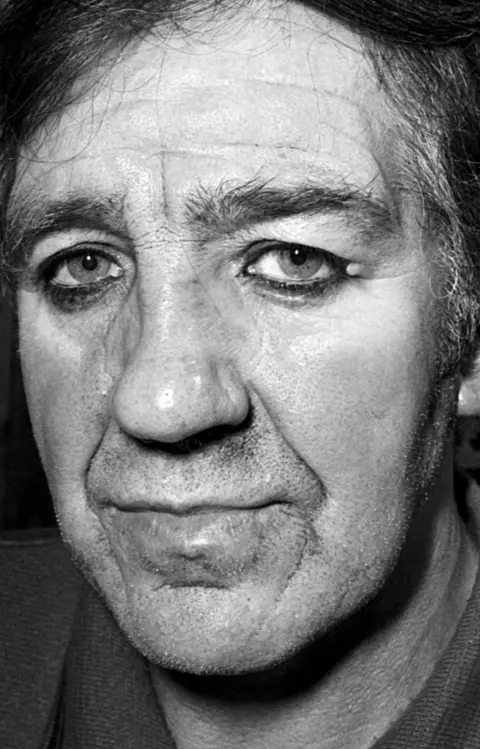 Roger Tiley
Roger TileyFollowing an apprenticeship as an industrial photographer for brake manufacturer Lucas Girling in Cwmbran and Pontypool, Roger studied photography in Newport where he was taught by the influential documentary photographer David Hurn.
In his first year he took the portrait of his uncle Bill - the catalyst for his fascination with mining communities that would dominate his photography and filmmaking career and take him around the world.
 Roger Tiley
Roger TileyMore photos of miners followed and he took his portfolio to Fleet Street in London, where most national newspapers were based at the time.
When the miners' strike began he found himself in demand.
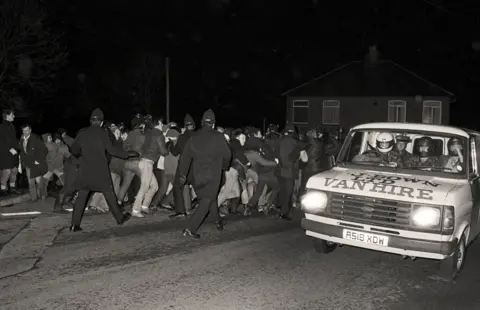 Roger Tiley
Roger Tiley"It was hard work - the miners and their families were really suffering and I was really feeling it," he said.
He would join the picket lines at 6am, sometimes walking there in the freezing cold over mountains to avoid the police clocking him.
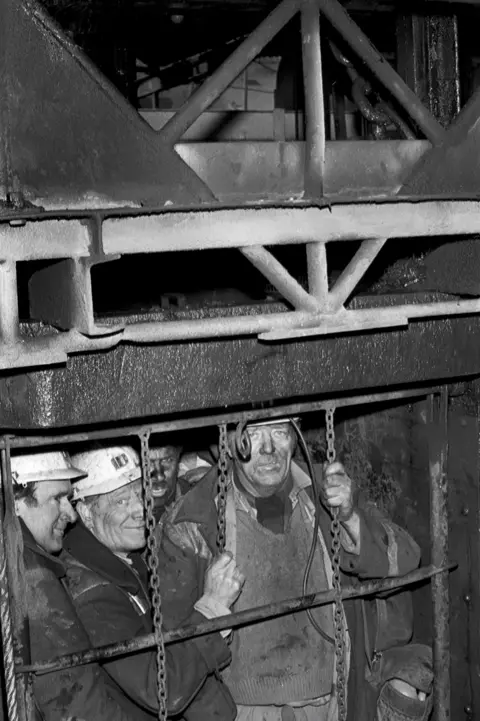 Roger Tiley
Roger TileyOften there would be no time to process his film, so he would send it to London by train where the newspapers would process it and pick two or three for publication.
"I never got to see a lot of the pictures I took... the negatives were probably thrown away, long gone," he said.
A day that has stuck with him is 18 June 1984, when he found himself caught up in the most violent event of the strike, the "Battle of Orgreave".
That day police and striking miners clashed violently at Orgreave Colliery in South Yorkshire.
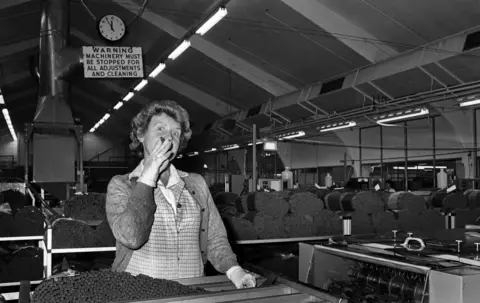 Roger Tiley
Roger TileyDebate goes on about who acted first, but police horses were sent to charge the crowd up the field and officers followed to make arrests. Many miners and police officers were injured.
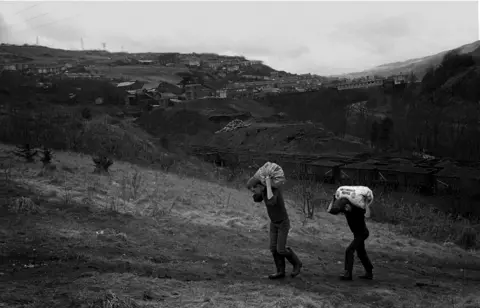 Roger Tiley
Roger Tiley"That was the worst day of my life. I was so scared," said Roger.
"I was stood right in the middle of it all and I I just remember running for my life away from the horses charging. It was a horrific time."
Roger's camera film fell from his bag as he rushed to flee to the scene so he has no pictures from that day.
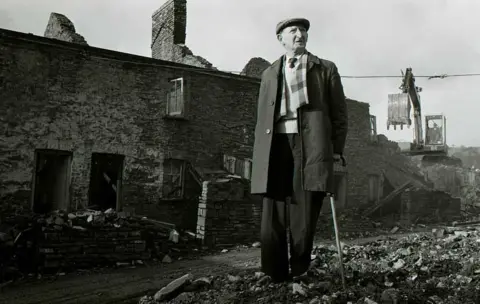 Roger Tiley
Roger TileyAfter 364 days on strike, the miners returned to work defeated.
"After that, the pits were closing one after the other, that was all that was on the news - it was a very sad time," said Roger.
In the 40 yeas Roger has been taking pictures of miners, attitudes towards coal have shifted and there has been a move towards greener energy.
He said he had witnessed "incredible changes and not for the good".
"I'm sorry to see the pits gone... the communities were built around the mines," said Roger. "I'm sad about it all."
A 2019 Sheffield Hallam study said former mining towns and villages across the UK have still not recovered, a generation on from pit closures.
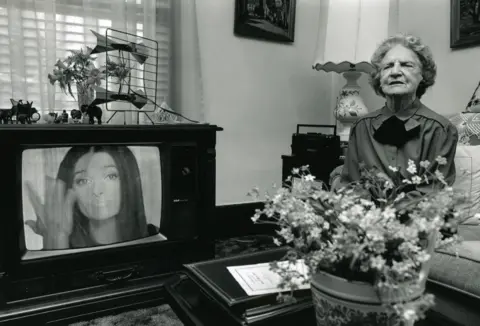 Roger Tiley
Roger TileyIn 1987 Roger's old tutor from Cross Keys College invited him to give a talk to students.
This led to him running an evening class in photography, then lecturing at the college before he moved to Swansea FE College (now Gower College Swansea), where he stayed for 27 years, all while working on his own assignments.
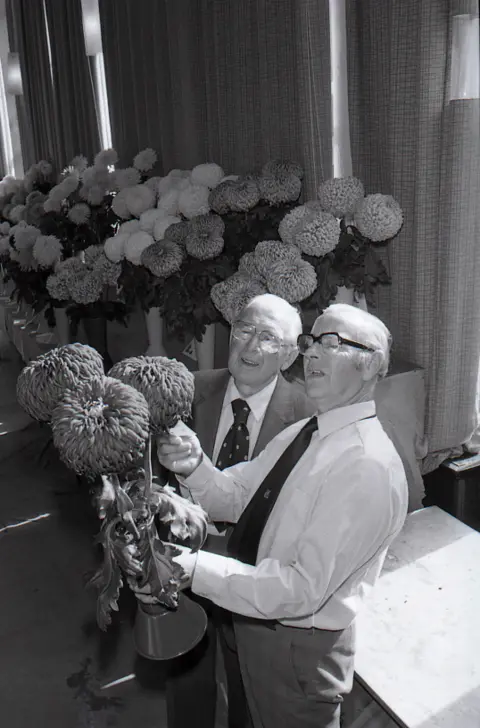 Roger Tiley
Roger TileyRoger now lives in Ystradgynlais, Powys, and his career has taken him all over the world.
He has made many trips to the US, including Pennsylvania, West Virginia, Kentucky, Virginia and Tennessee, to capture how those communities are responding to the closure of their pits.
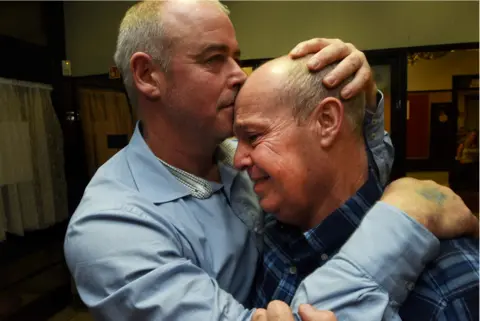 Roger Tiley
Roger TileyCloser to home, in 2015, he captured the closure of the last deep coal mine in the UK - Kellingley Colliery in North Yorkshire.
He spent time underground with the miners and attended the party they held to mark its closure.
"It was a difficult situation, you're photographing people losing their jobs and jobs they love," said Roger.
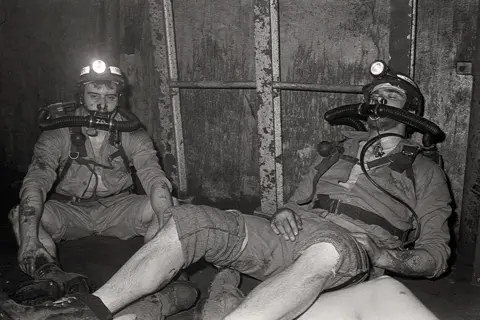 Roger Tiley
Roger Tiley"There aren't many miners that say 'I hated working in the pit'.
"If you spoke to them now the majority would say to you 'I miss it, I loved it' - the banter and the friendships were second to none and you wouldn't find that anywhere else.
"That's the way it was, and that culture has pretty much gone now."
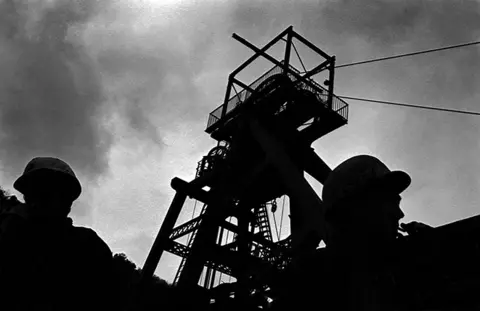 Roger Tiley
Roger TileyChoosing photographs for his new book Valley Boy with a Camera, a retrospective of his work, has been an opportunity for reflection.
Despite the sadness he has seen, he looks back on the decades fondly.
"It's been a fun career," he said.
"The most joyful thing for me is just meeting the people and if it weren't for photography I wouldn't have been able to meet the people I did and have met.
"I wish I could just wind everything back and do it all again."
 Roger Tiley
Roger Tiley